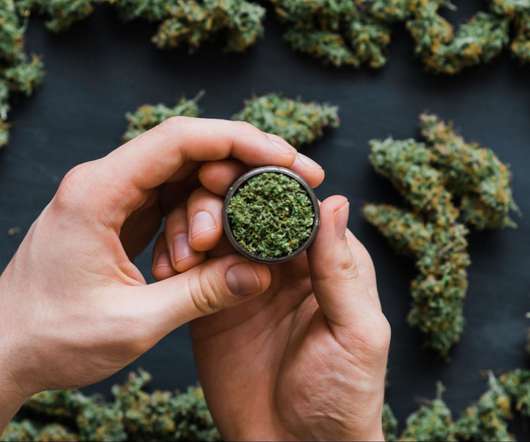U.S. Funding Focuses on Marijuana’s Harms, Not Benefits
CannaMD
NOVEMBER 15, 2020
research funders, the National Institute on Drug Abuse (NIDA) , spent over $1 billion between 2000 and 2008, with a heavily slanted focus on cannabis abuse and misuse, as well as the negative effects of cannabis. Non-profit organizations like the Canadian Consortium for Investigation of Cannabinoids (CCIC) were also formed to do research.













Let's personalize your content